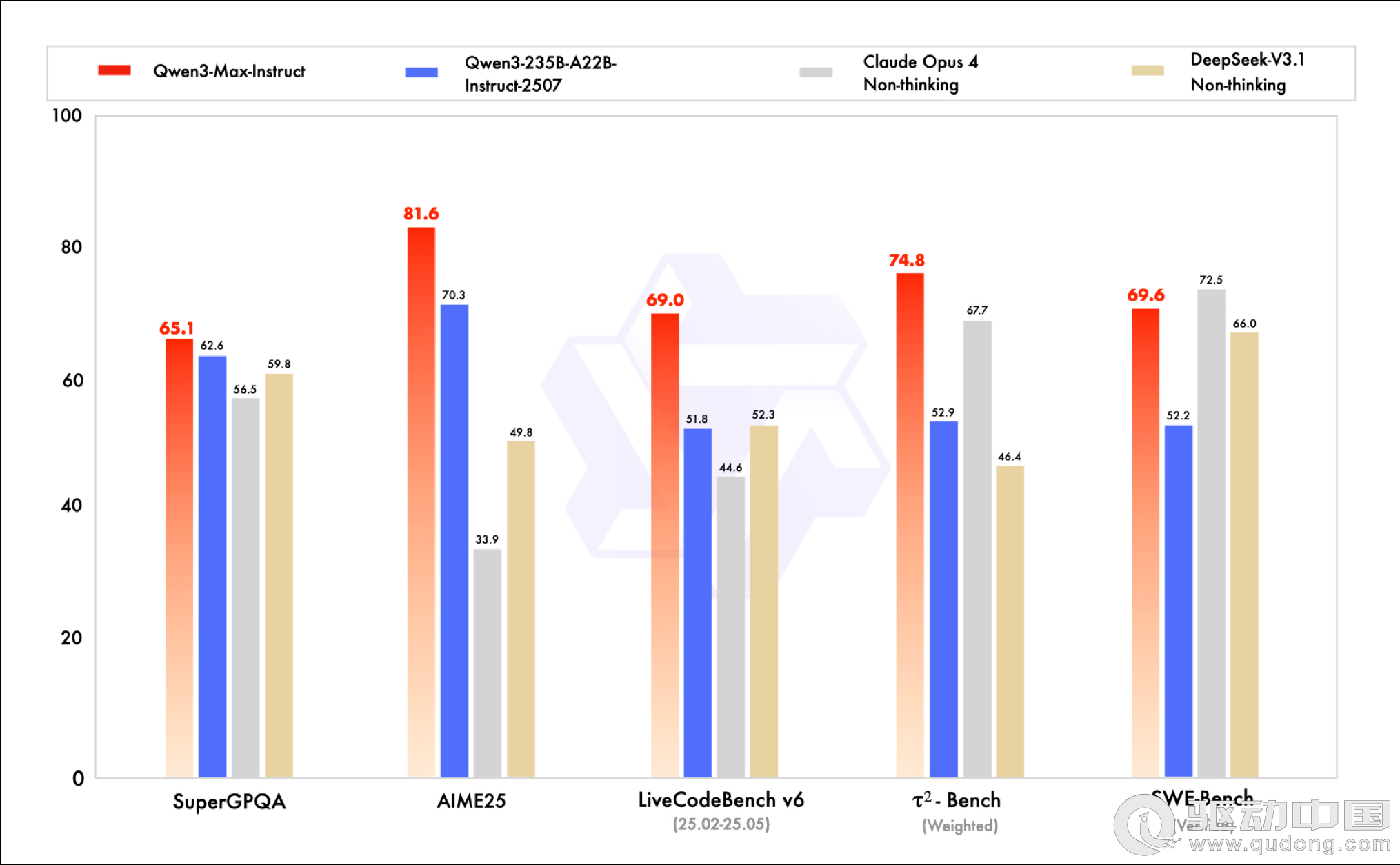C和C++里面的lvalue 和 rvalue的释义
在看GCC的文档的时候,看到一个词lvalue,查了金山词霸其释义为 lvalue [计] 左值。因为的确在介绍编译原理的课程中听过这个词,大致知道其意思就没有多想。但是看完GCC文档的这个篇幅,都无法明白全篇在说什么。问题还是出在了lvalue这个词的“左值”是什么意思的理解上了。再找M-W字典,却告知没有这个词。于是google了一把,的确很多地方都称其为左值,我仍然不得要领。最后在一个百科网站About Site上找到该词的准确释义,摘贴如下:
Definition: C and C++ have the notion of lvalues and rvalues associated with variables and constants. The rvalue is the data value of the variable, that is, what information it contains. The "r" in rvalue can be thought of as "read" value. A variable also has an associated lvalue. The "l" in lvalue can be though of as location, meaning that a variable has a location that data or information can be put into. This is contrasted with a constant. A constant has some data value, that is an rvalue. But, it cannot be written to. It does not have an lvalue.
Another view of these terms is that objects with an rvalue, namely a variable or a constant can appear on the right hand side of a statement. They have some data value that can be manipulated. Only objects with an lvalue, such as variable, can appear on the left hand side of a statement. An object must be addressable to store a value.
Here are two examples.
int x;
x = 5; // This is fine, 5 is an rvalue, x can be an lvalue.
5 = x; // This is illegal. A literal constant such as 5 is not
// addressable. It cannot be a lvalue.
这段就说的很明白 lvalue中的l其实指的表示该值的存储地址属性,而另外一个相对的词rvalue值中的r指得是read的属性,和左右根本没有任何关系。金山词霸的解释真是狗屎啊。
评论 {{userinfo.comments}}
-
{{child.nickname}}
{{child.create_time}}{{child.content}}






{{question.question}}
提交
传闻苹果屏下识别技术取得进展 iPhone18系列或首发小号灵动岛
效率与颜值兼得,华为MatePad Air 2025款解锁年终高效生产力体验
昨夜今晨:DeepSeek V3.2发布 东方甄选新增外卖业务 罗永浩宣布召开科技春晚
是巨幕平板,更是性能电脑,华为首款鸿蒙二合一5999元起售
驱动号 更多














































